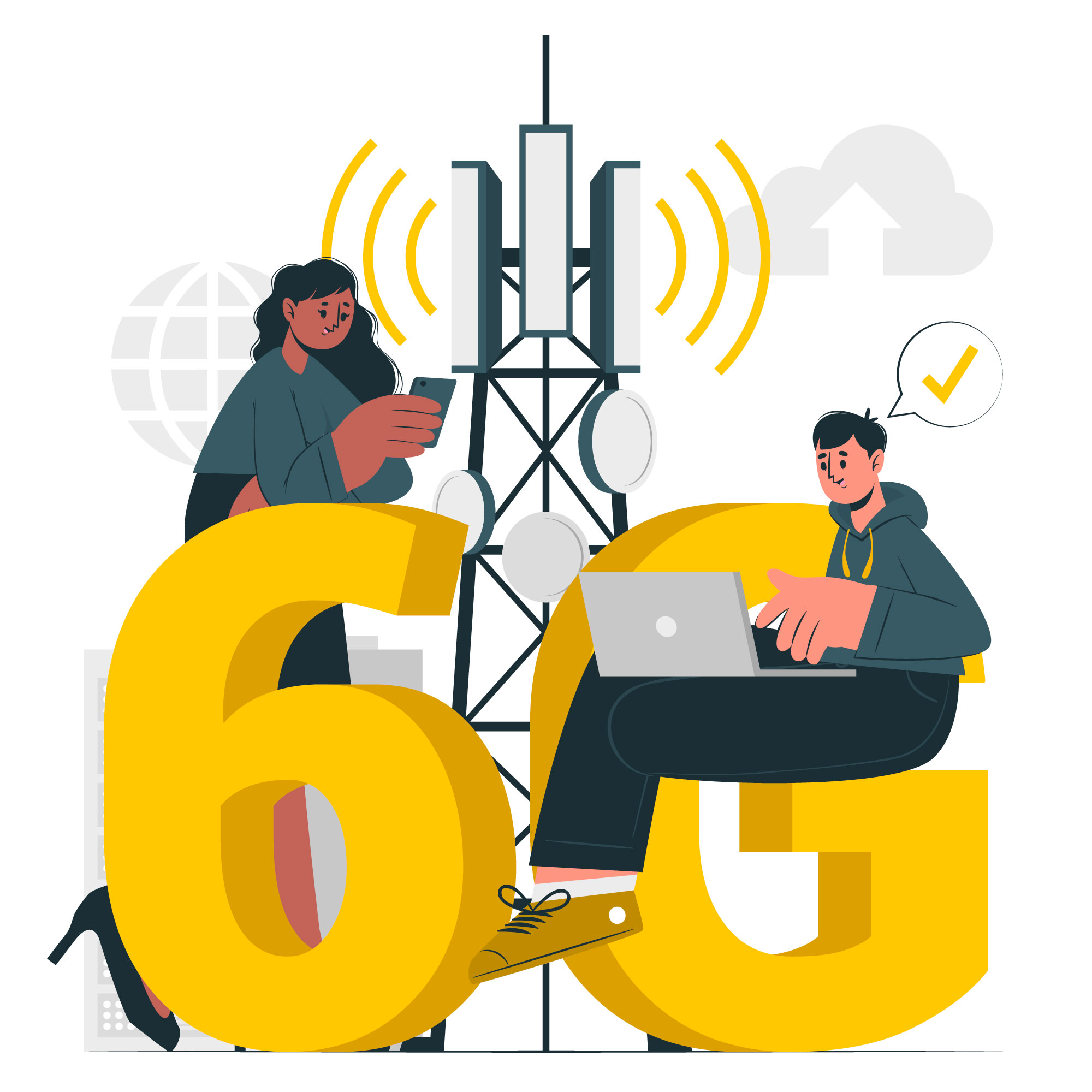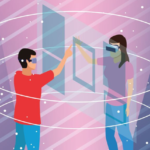In the bustling world of mobile app development, standing
out from the crowd is more critical than ever. As users’ expectations for
smooth, engaging experiences continue to rise, animation has emerged as a
powerful tool to captivate and retain users. From subtle transitions to dynamic
interactions, mobile app animation can transform your app from a static tool
into a vibrant, interactive experience. Let’s dive into the art of mobile app
animation and explore how it can breathe life into your design.
The Magic of Motion: Why Animation Matters
Animation is not just a fancy add-on; it’s an essential component of modern app design that enhances user experience in several ways:
1) Improved User Engagement: Well-executed animations can grab users’ attention and make interactions more enjoyable. They guide users through tasks, provide feedback, and make the overall experience more engaging.
2) Enhanced Usability: Animation helps clarify how elements in your app work. For example, a button that smoothly transitions from inactive to active states can make it clearer when it’s clickable.
3) Emotional Connection: Thoughtful animations can add personality to your app, creating a more memorable and emotionally resonant experience for users.
Types of Mobile App Animations
Different types of animations serve various purposes in enhancing the user experience:
1) Microinteractions: These are small animations that occur in response to user actions, like a button expanding when tapped or a notification sliding into view. Microinteractions provide immediate feedback and make interactions feel more responsive.
2) Transitions: Animations that occur between screens or states, such as page slides or fades. Transitions help users understand where they are in the app and what’s happening next, providing a sense of continuity.
3) Loading Animations: These keep users entertained and informed while content is loading. Creative loading animations can reduce perceived wait times and keep users engaged.
4) Animated Illustrations: These can add a fun or artistic touch to your app, such as animated onboarding screens or illustrations that react to user interactions.
Best Practices for Effective Mobile App Animation
To make sure your animations enhance rather than hinder the user experience, follow these best practices:
1) Prioritize Performance: Ensure animations run smoothly without causing lag or stuttering. Use optimized assets and consider the performance impact of your animations on different devices.
2) Be Subtle and Purposeful: Animations should serve a clear purpose and not distract or overwhelm users. Use them to guide, inform, or entertain, but avoid unnecessary or excessive movement.
3) Maintain Consistency: Consistent animation styles and timings throughout your app help create a cohesive experience. Users should easily recognize and understand animated elements based on their interactions.
4) Test on Real Devices: Simulate animations on actual devices to ensure they perform well across various screen sizes and operating conditions.
Tools and Technologies for Mobile App Animation
Several tools and technologies can help you create stunning animations for mobile apps:
1) Adobe After Effects: A powerful tool for designing complex animations and exporting assets for mobile apps. Often used in conjunction with other tools for seamless integration.
2)Lottie: An open-source animation file format that renders animations natively on mobile devices. It’s compatible with both iOS and Android, allowing for high-quality, lightweight animations.
3) Principle: A prototyping tool that lets you create interactive animations and transitions. Ideal for designing and testing animation flows before implementation.
4) Framer: A design tool that enables you to create high-fidelity prototypes with complex animations. Useful for testing and refining animations during the design phase.
Real-World Examples of Effective Mobile App Animation
Let’s look at some examples of apps that excel in using animation to enhance the user experience:
1) Instagram: Instagram uses smooth transitions and animated interactions to make browsing and engaging with content enjoyable. The subtle animations on buttons and transitions between posts create a fluid experience.
2) Slack: Slack incorporates playful and functional animations in its interface, such as animated emoji reactions and smooth transitions between conversations. These animations help users navigate the app more intuitively.
3) Headspace: The meditation app Headspace uses calming animations to create a relaxing user experience. The animated illustrations guide users through meditation sessions and contribute to the app’s overall serene atmosphere.
Future Trends in Mobile App Animation
As technology and design practices evolve, we can expect to see new trends in mobile app animation:
1) Augmented Reality (AR) Integration: AR is set to bring new possibilities for interactive animations, allowing users to experience animations in their real-world environment.
2) AI-Powered Animations: AI can create dynamic animations that respond to user behavior and preferences, offering a more personalized experience.
3) Advanced Gesture Controls: With more apps incorporating gesture-based controls, animations that react to swipes, taps, and other gestures will become increasingly sophisticated and integral to the user experience.











